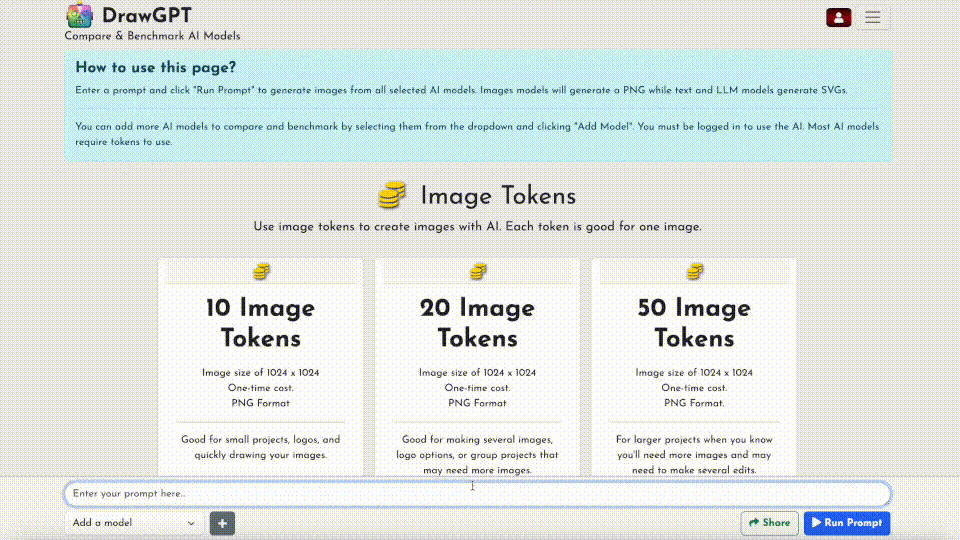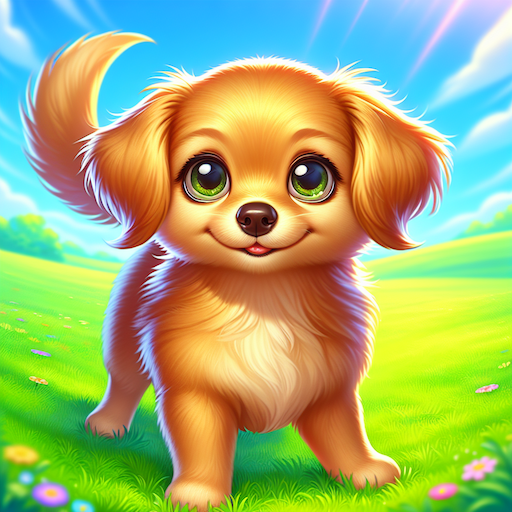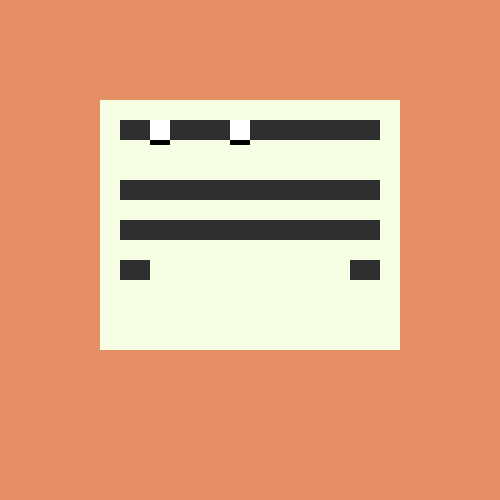
Javascript Code
// Title: Medicine Tracking System Database Schema
// Description: This schema represents the database structure for a medicine tracking system.
// Table: users
// Description: This table stores information about the users of the system.
// Fields:
// - id: unique identifier for the user (integer)
// - name: name of the user (string)
// - email: email address of the user (string)
// - password: hashed password of the user (string)
// - created_at: timestamp for when the user was created (datetime)
// - updated_at: timestamp for when the user was last updated (datetime)
// Table: medicines
// Description: This table stores information about the medicines in the system.
// Fields:
// - id: unique identifier for the medicine (integer)
// - name: name of the medicine (string)
// - description: description of the medicine (string)
// - created_at: timestamp for when the medicine was created (datetime)
// - updated_at: timestamp for when the medicine was last updated (datetime)
// Table: prescriptions
// Description: This table stores information about the prescriptions in the system.
// Fields:
// - id: unique identifier for the prescription (integer)
// - user_id: foreign key to the users table for the user who has the prescription (integer)
// - medicine_id: foreign key to the medicines table for the medicine in the prescription (integer)
// - dosage: dosage of the medicine (string)
// - frequency: frequency of taking the medicine (string)
// - start_date: timestamp for when the prescription starts (datetime)
// - end_date: timestamp for when the prescription ends (datetime)
// - created_at: timestamp for when the prescription was created (datetime)
// - updated_at: timestamp for when the prescription was last updated (datetime)
// Table: doses
// Description: This table stores information about the doses taken by the users.
// Fields:
// - id: unique identifier for the dose (integer)
// - user_id: foreign key to the users table for the user who took the dose (integer)
// - medicine_id: foreign key to the medicines table for the medicine in the dose (integer)
// - prescription_id: foreign key to the prescriptions table for the prescription associated with the dose (integer)
// - timestamp: timestamp for when the dose was taken (datetime)
// - created_at: timestamp for when the dose was created (datetime)
// - updated_at: timestamp for when the dose was last updated (datetime)
// End of schema.
// This schema should be used as a guide for creating the database for the medicine tracking system. It includes all the necessary tables and fields to store the required information. Don't forget to add any additional fields or tables that may be required based on the specific needs of the system. Also, make sure to use proper data types and constraints when creating the database. Happy coding! :)
// That's all folks!



 balloon party
balloon party beautiful beach
beautiful beach cute puppy dog
cute puppy dog happy cat
happy cat house
house